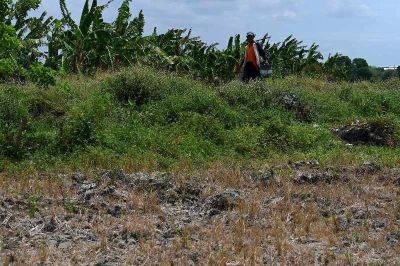Typhoon Yagi is the strongest storm in Asia this year: Is climate change to blame?
The strongest storm Asia has seen this year, Typhoon Yagi, made landfall last week killing at least 127 people and injuring hundreds in northern Vietnam.
Wind speeds reached more than 200 km/h, according to the Indo-Pacific Tropical Cyclone Warning Centre, causing extensive damage. Though it has now been downgraded to a tropical depression, authorities have warned it could still bring disruption as it moves west.
Before hitting Vietnam, Super Typhoon Yagi brought destruction to the Chinese island of Hainan, a popular tourist destination and left a trail of devastation in the Philippines.
At least 20 people are thought to have been killed in the Philippines and four more in southern China. Dozens are still missing amid destroyed bridges, landslides and flooding. Millions across the region were left without power and many have been forced to flee their homes.
With peak wind speeds of at least 203 km/h, Yagi is the second most powerful tropical cyclone in the world so far this year after Hurricane Beryl.
Storms hitting East and Southeast Asia in recent years appear to be getting stronger. Scientists say warmer oceans may be fuelling their destructive power.
A super typhoon is the equivalent of a category 5 hurricane - the strongest on the scale.
Though named differently in different parts of the world, all tropical cyclones feature very high wind speeds, heavy rainfall and storm surges which temporarily cause sea levels to increase.
Hurricanes, typhoons and cyclones are all like giant spinning engines which use warm, moist air as fuel. They start in tropical waters near the equator when this air rises up and away from the surface of the ocean. Less air near the surface causes an area of low pressure and the surrounding air swirls in to replace it.
The warm, moist air cools off as it rises, forming clouds and the whole system begins to spin. It rotates faster and faster until an eye forms in the centre. High-pressure air from above then flows down into this calm centre of the storm.
Sea surface temperatures usually need to be at least 27C to provide enough energy for one of these powerful storms to start spinning. They go counter clockwise north of the







